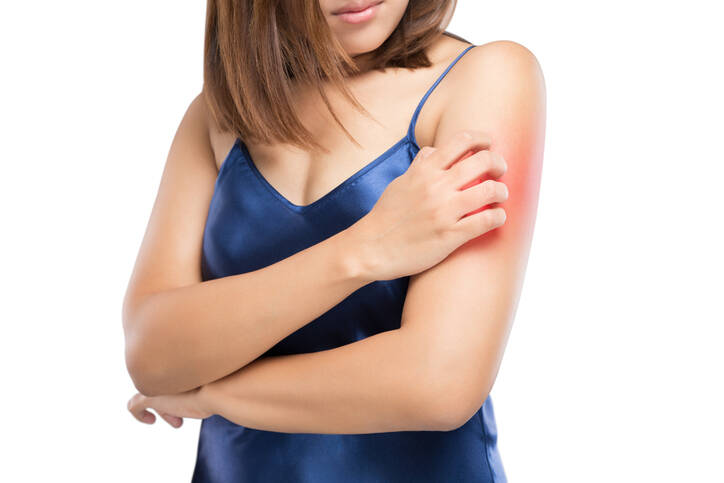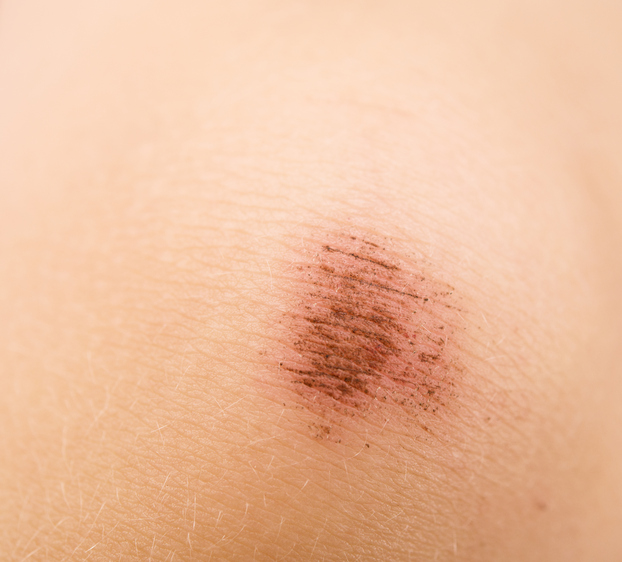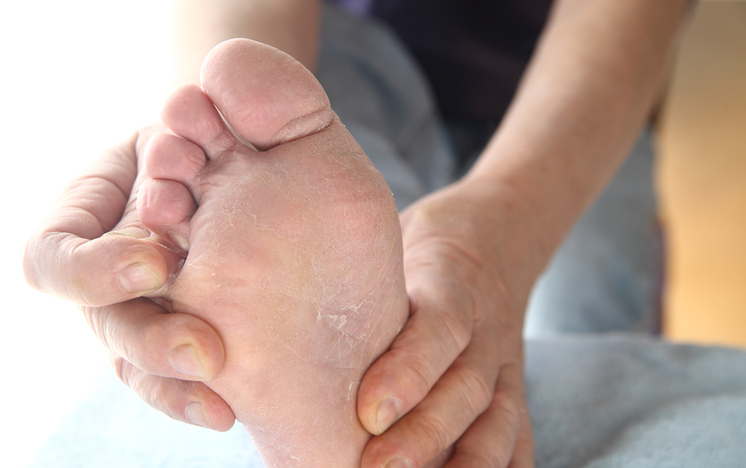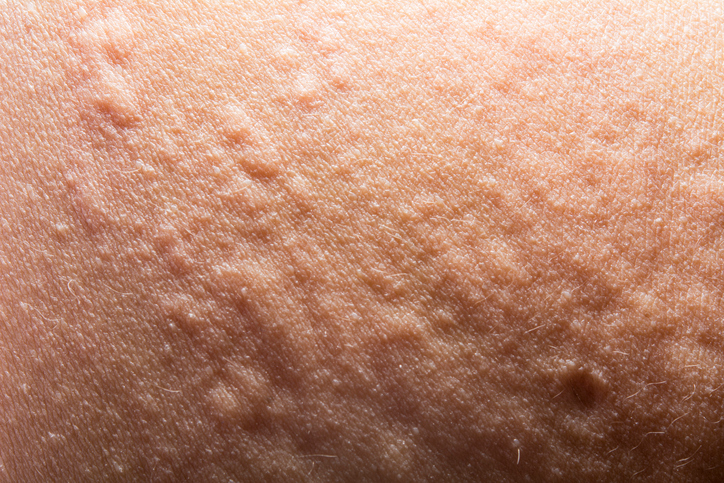- He, Yusi; Kim, Peggy Y. (2020), "Allodynia", StatPearls, StatPearls Publishing
- LoPinto C, Young WB, Ashkenazi A (2006). "Comparison of dynamic (brush) and static (pressure) mechanical allodynia in migraine". Cephalalgia. 26 (7): 852–6.
- Landerholm, A. (2010). Neuropathic pain: Somatosensory Functions related to Spontaneous Ongoing Pain, Mechanical Allodynia and Pain Relief. Thesis. Stockholm: Karolinska Institutet
- Hofstetter CP, Holmström NA, Lilja JA (March 2005). "Allodynia limits the usefulness of intraspinal neural stem cell grafts; directed differentiation improves outcome". Nature Neuroscience. 8 (3): 346–53.
- Fitzpatrick, David; Purves, Dale; Augustine, George (2004). Neuroscience. Sunderland, Mass: Sinauer. pp. 231–250. ISBN 978-0-87893-725-7.
- Wasner G, Naleschinski D, Baron R (2007). "A role for peripheral afferents in the pathophysiology and treatment of at-level neuropathic pain in spinal cord injury? A case report". Pain. 131 (1–2): 219–25.
- Yezierski RP, Liu S, Ruenes GL, Kajander KJ, Brewer KL (1998). "Excitotoxic spinal cord injury: behavioral and morphological characteristics of a central pain model". Pain. 75 (1): 141–55.
- Kalous A, Osborne PB, Keast JR (2007). "Acute and chronic changes in dorsal horn innervation by primary afferents and descending supraspinal pathways after spinal cord injury". J. Comp. Neurol. 504 (3): 238–53.
- Zhao P, Waxman SG, Hains BC (2007). "Modulation of thalamic nociceptive processing after spinal cord injury through remote activation of thalamic microglia by cysteine cysteine chemokine ligand 21". J. Neurosci. 27 (33): 8893–902.
- Wei XH, Zang Y, Wu CY, Xu JT, Xin WJ, Liu XG (2007). "Peri-sciatic administration of recombinant rat TNF-alpha induces mechanical allodynia via upregulation of TNF-alpha in dorsal root ganglia and in spinal dorsal horn: the role of NF-kappa B pathway". Exp. Neurol. 205 (2): 471–84.
- Dijkstra IM, de Haas AH, Brouwer N, Boddeke HW, Biber K (2006). "Challenge with innate and protein antigens induces CCR7 expression by microglia in vitro and in vivo". Glia. 54 (8): 861–72.
- Alique M, Herrero JF, Lucio-Cazana FJ (2007). "All-trans retinoic acid induces COX-2 and prostaglandin E2 synthesis in SH-SY5Y human neuroblastoma cells: involvement of retinoic acid receptors and extracellular-regulated kinase 1/2". J Neuroinflammation. 4: 1.
- Rukwied R, Chizh BA, Lorenz U (2007). "Potentiation of nociceptive responses to low pH injections in humans by prostaglandin E2". J Pain. 8 (5): 443–51.
- Haskó G, Pacher P, Deitch EA, Vizi ES (2007). "Shaping of monocyte and macrophage function by adenosine receptors". Pharmacol. Ther. 113 (2): 264–75
Skin pain: Causes of pinching and burning sensation on the skin

Photo source: Getty images
Diseases with symptom "Skin pain"
- Acne
- Allergies
- Atopic eczema
- Basalioma - Basal cell carcinoma
- Bed sores
- Burns
- Chicken Eye
- Chickenpox
- Crohn's disease - Morbus Crohn
- Cushing's syndrome
- Breast cyst - a lump in the breast
- Dandruff
- Erysipelas - rose
- Furuncle, carbuncle and subcutaneous ulcer
- Herpes
- Hives
- Cellulite
- Leprosy - Leprosy
- Lyme disease
- Lymphedema
- Monkeypox - Monkeypox
- Fungal Infection of Nails and Toenails
- Overlap syndrome and mixed connective tissue disease
- Pediculosis - lice
- Pemphigus - Pemphigus
- Perioral dermatitis
- Psoriasis
- Raynaud Syndrome
- Reactive Arthritis
- Shingles
- Skin abscess
- Systemic Lupus Erythematosus
- Thrombophlebitis of superficial veins
- Tiber ulcer
- Vasculitis
- Warts
- Skin fibroma - fibroma
- Dermatitis - inflammation of the skin
- Diabetic neuropathy
- Ganglion
- Phlegmon
- Rosacea - rosacea
- Scleroderma
- Seborrheic dermatitis - Seborrhea
- Sjögren's syndrome













